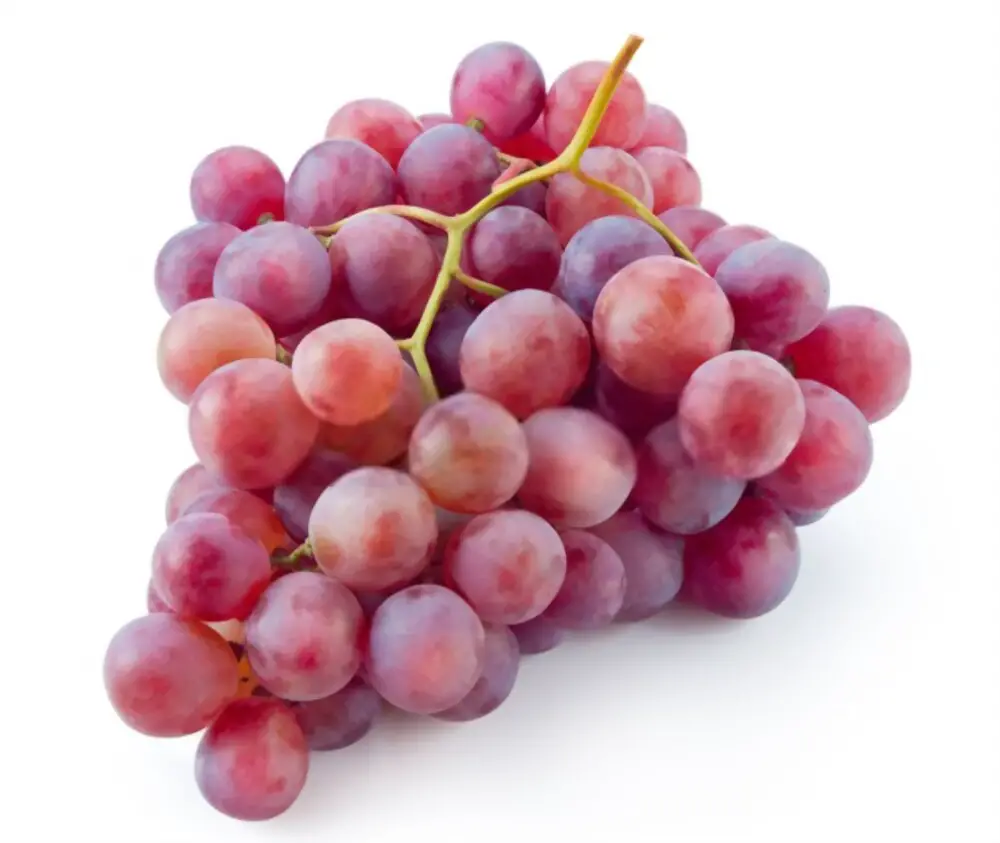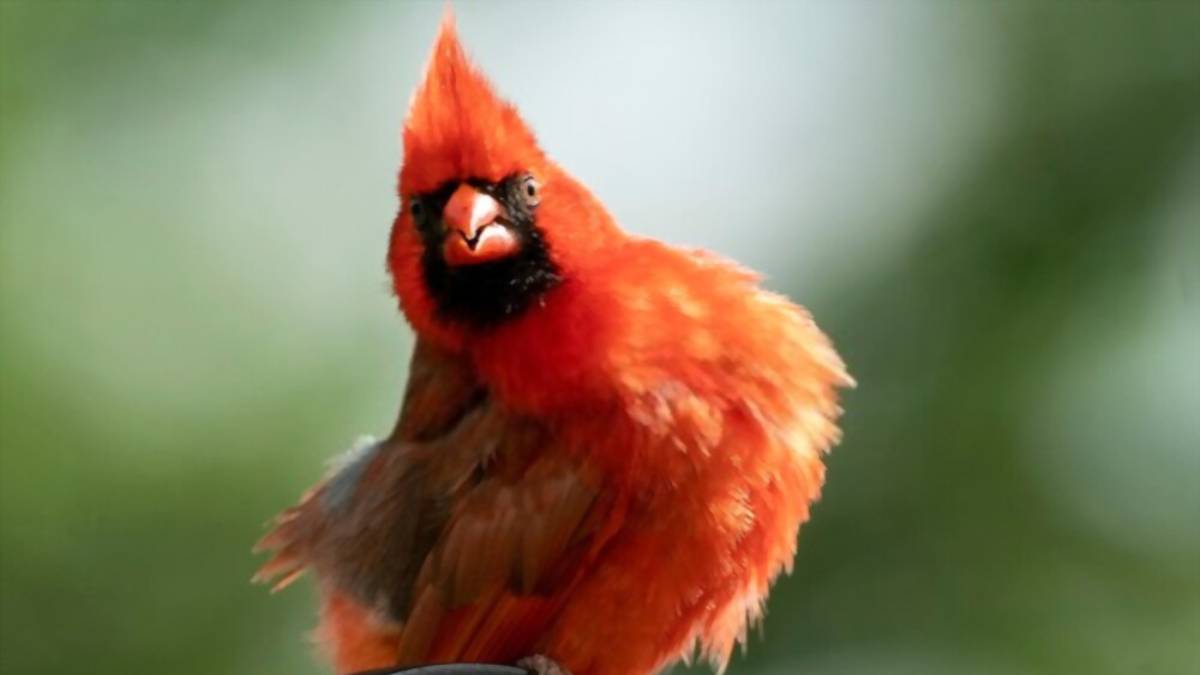If you’re familiar with these beautiful birds and you want to attract them, you might be wondering “what do cardinals eat?”
Cardinals eat a variety of foods, including fruits, insects, and seeds. They are fond of blueberries, mulberries, hackberries, dogwood, and other dark berries. They aren’t fussy, so you can feed them on many different things.
What Fruits Do Cardinals Eat?

Cardinals don’t eat just any fruit – but there are quite a few fruits you can put out to attract them. They are fond of dark berries such as blueberries and mulberries, and if you have either kind of bush growing in your garden, they will readily eat them.
They often like fruits with large seeds. You can try hackberries, dogwood, etc. Cardinals like to forage low to the ground, so low bushes will be their favorites. Try to keep your bushes close to the ground and trim foliage so that they grow lower down.
It’s thought that eating red fruits helps male cardinals to form brighter feathers, so you may find that they are particularly keen on red fruits, especially during the mating season. Try offering raspberries or strawberries and see if these appeal to the birds.
You are unlikely to see cardinals eat citrus fruits – most birds don’t – but it’s possible that they will peck at them if they find them on the bird feeder. On the whole, most cardinals prefer berries.
When choosing berry bushes to attract cardinals, think about ones that fruit in succession, rather than planting many bushes of the same type.
If you choose a lot of the same bushes, they will all fruit at once, and then the food source will disappear after the fruiting season.
Cardinals will usually move on to other areas if they can’t find enough food, so it’s important to make sure your fruiting bushes can keep up, or that you supply fresh fruit in the interim to cover any gaps in the fruiting season.
What Insects Do Cardinals Eat?

Some kinds of cardinals are very keen on eating insects and depend on them for most of their food. They will eat a wide variety, so encouraging insects in your garden can be a great way to encourage hungry cardinals to visit too.
If your garden doesn’t have many insects, you are unlikely to see these birds.
Aphids, grasshoppers, cicadas, beetles, worms, weevils, moths, and even caterpillars are appealing foods to cardinals.
They will tackle most bugs, and a lot feed their young almost exclusively on insects. Insects are rich in protein and very popular with these birds.
Some types of cardinals eat less of them, however, and only really hunt them during the breeding season. For example, painted bunting cardinals rely on berries and seeds for the majority of the year.
They become insect-eaters when they are getting ready to mate, using the extra fuel to bulk up and prepare for nesting and rearing chicks.
When feeding chicks, cardinals will spend a lot of time hunting for insects. Consider supplementing the supply in your garden by purchasing insects yourself.
You might want to get mealworms – live ones are often better – and scatter them in a dish in the garden. If you put it low to the ground, cardinals are more likely to go for it. Use a high-sided dish so the bugs can’t simply crawl away before they are discovered.
You may even observe cardinals eating snails, flies, and wasps if they can catch them. They seem unbothered by poisons and stings for the most part, so they can hunt with impunity.
Encouraging a wide variety of insects in your garden will increase your chances of seeing lots of cardinals and other insect-eating birds.
What Seeds Do Cardinals Eat?

Cardinals will eat many kinds of seeds. They have a downward curve on their beak, which means that they can crack open seed shells and extract the seeds easily. You don’t have to buy shelled seeds for them.
They also have larger beaks than many of the other seed-eaters, so you may observe that they go for bigger seeds and have no problem with devouring them.
They will readily eat sunflower seeds, sweet peas, and safflower seeds. If you want to use a seed feeder for them, you should choose one that is suitable for cardinals.
They like to have a large perch that they can land on comfortably, and they prefer to be able to face the seed.
If you are going to provide actual plants to attract the cardinals with their seeds, you should consider things like nasturtiums.
These are also edible for humans, provide great flowers for pollinating insects, and will prove popular with cardinals when they form seeds.
You can also plant sunflowers and safflowers, of course, and allow these to go to seed so that the cardinals can enjoy pecking at them.
Watching a bright red cardinal peck at the seeds of a sunflower head might be one of the prettiest things you’ll ever see! Definitely a photography-worthy moment.
Other options are Purple Majesty millet and coneflowers, which will both appeal to these bright birds. Again, try to choose plants that will provide seeds in succession, and supplement gaps by putting out seeds yourself.
Summary
Hopefully, you now have a good answer to the question what do cardinals eat? If you’re aiming to attract cardinals to your garden, you’ll be pleased to learn that from our post ways to attract cardinals or you can do so with insects, fruit, or seeds.
You may want to do more research into the specific kind of cardinal you want to attract so you know what to offer at what time of year, but most of these foods will please these birds.
Related Questions
What do cardinals eat in summer? Since, summer is the breeding season for cardinals, therefore, most of them eat insects during summer.
What do cardinals eat during the winter? During winter, they love to eat suet that provides them enough energy to fight with the harsh weather. You can make the suet balls yourself with sunflower seeds, peanut bits and corn meal. Go through the below video to prepare suet balls in your home.
What do cardinals eat in the wild? In the wild, cardinals mostly feed on insects, spiders and wild fruits and seeds. But, during winter they don’t find insects in the wild and therefore mostly depends on the seeds and berries.


